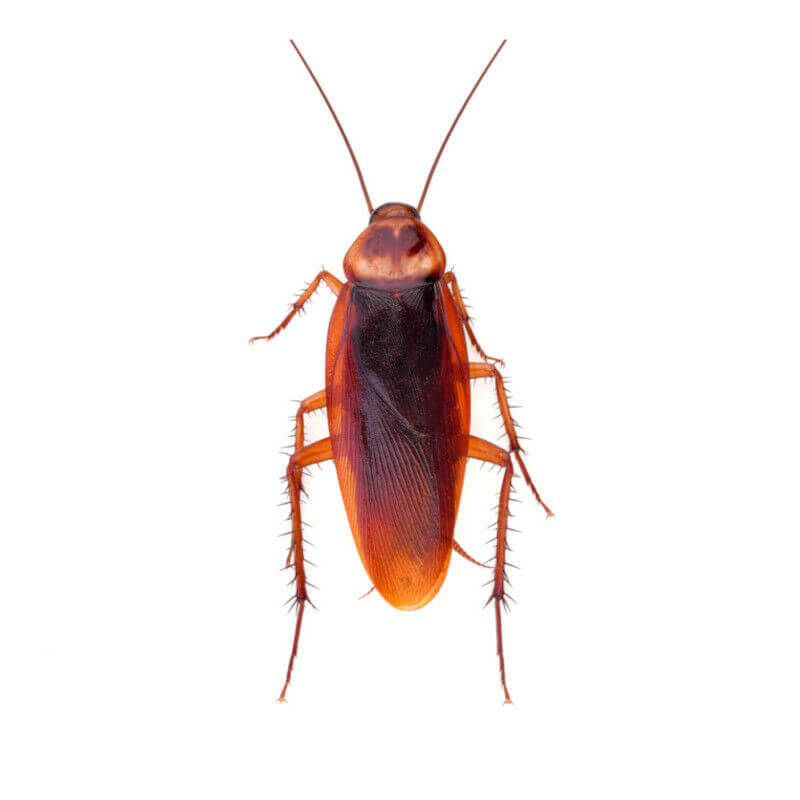 Termites often go unseen until substantial damage has occurred which presents a silent but significant threat to properties. Homeowners and businesses alike may underestimate the severity of termite infestations until faced with the daunting costs of repair and mitigation. This article evaluates the financial repercussions of termite damage, emphasizing the importance of early detection and professional intervention.
Termites often go unseen until substantial damage has occurred which presents a silent but significant threat to properties. Homeowners and businesses alike may underestimate the severity of termite infestations until faced with the daunting costs of repair and mitigation. This article evaluates the financial repercussions of termite damage, emphasizing the importance of early detection and professional intervention.
Understanding Termite Infestations
Termites thrive in conditions where wood, their primary food source, is abundant. These pests are particularly drawn to moist environments, making properties with water damage or high humidity prime targets. Different species, such as Subterranean and Drywood termites, pose unique threats, but all share the capacity to compromise structural integrity silently over time.
The Hidden Costs of Termite Damage
 The financial impact of termite damage in the United States is staggering, with homeowners spending an average of $3,000 to repair termite damage, contributing to an annual cost of over $5 billion nationwide. Beyond the immediate repair costs, termite damage can significantly decrease a property’s market value, making it challenging to sell without substantial price reductions or costly remediations.
The financial impact of termite damage in the United States is staggering, with homeowners spending an average of $3,000 to repair termite damage, contributing to an annual cost of over $5 billion nationwide. Beyond the immediate repair costs, termite damage can significantly decrease a property’s market value, making it challenging to sell without substantial price reductions or costly remediations.
Detection and Early Intervention: Key to Cost Management
Recognizing early signs of infestation, such as mud tubes, discarded wings, or wood that sounds hollow when tapped, is crucial. Regular inspections by pest control professionals can identify potential issues before they escalate, offering a cost-effective solution compared to the extensive repairs needed for advanced infestations.
Professional Pest Control vs. DIY: A Cost-Benefit Analysis
While DIY termite treatments may seem cost-effective, they often fall short in fully eradicating the infestation, leading to recurring damage and increased expenses over time. Professional pest control services offer thorough elimination and ongoing management plans, ensuring long-term protection and cost savings.
Insurance and Termite Damage: Navigating the Fine Print
Most homeowner’s insurance policies do not cover termite damage, considering it preventable through proper maintenance and routine inspections. Understanding the specifics of your insurance coverage and considering additional warranties offered by pest control services can provide financial protection and peace of mind.
